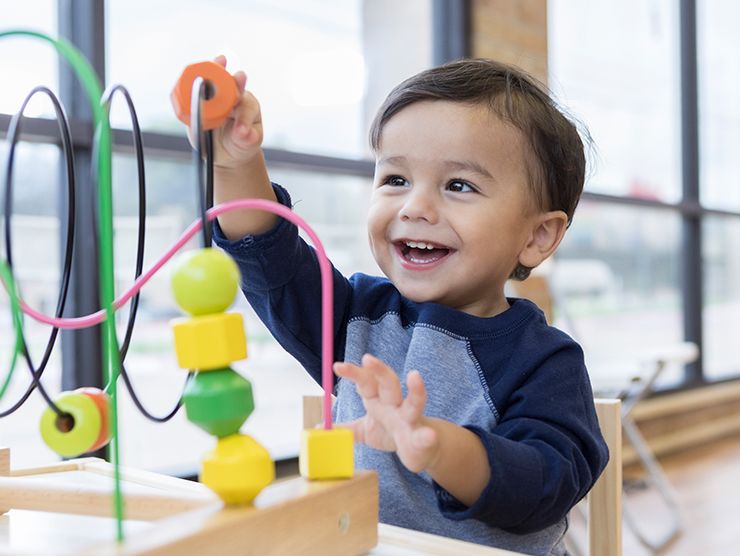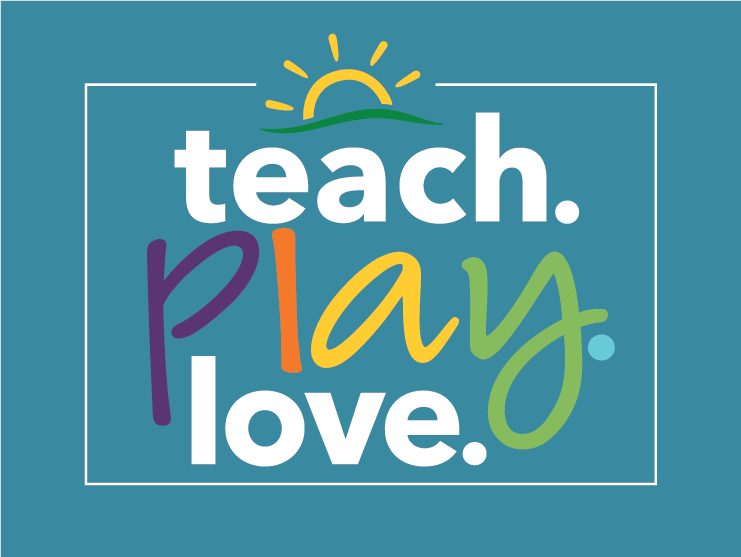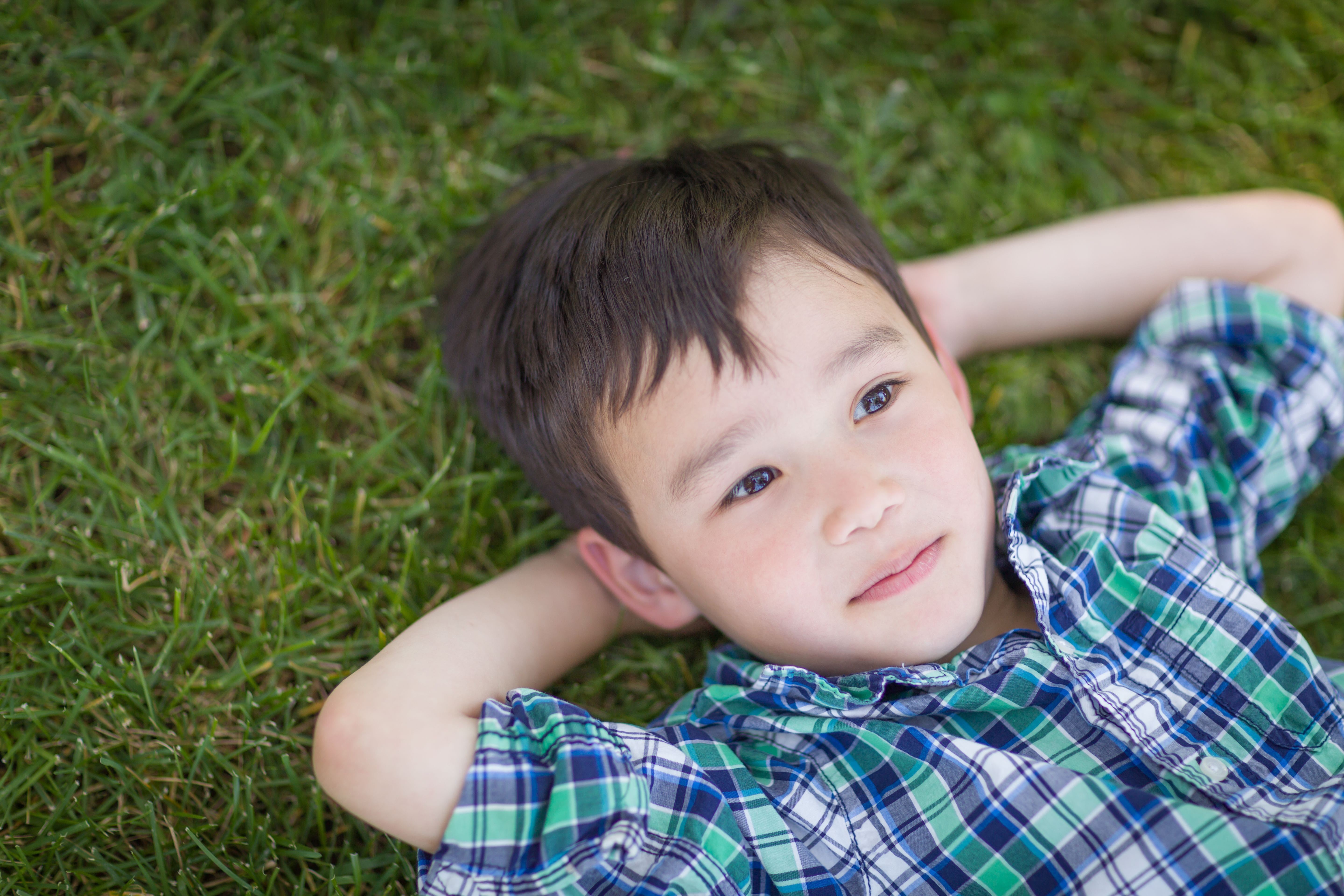What is Bullying?
If your young child has been on the giving or receiving end of hitting, biting, kicking or other aggressive behavior it is easy to become concerned that they are a bully or are being bullied. “Bullying,” according to stopbullying.gov, “is unwanted, aggressive behavior among school-aged children that involves a real or perceived power imbalance. The behavior is repeated, or has the potential to be repeated, over time. Bullying includes actions such as making threats, spreading rumors, attacking someone physically or verbally, and excluding someone from a group on purpose.”
This definition makes it clear that one of the crucial factors of bullying is intention. Because young children do not have the emotional, cognitive, or language skills to self-regulate or express frustration, it is much easier for them to use their bodies to convey these feelings. We know for young kids that behavior is communication. Physical behaviors, such as hitting, biting, or kicking, tell us that the child needs support with social interactions or help with regulating their emotions. While these behaviors appear aggressive, they are not typically done with the intent to harm the other person. Young children are not yet old enough to recognize their power over another individual, another hallmark of true bullying.
Aggressive Behavior in Young Children
Aggressive behaviors in children of any age can be worrisome, but young children 1-5 years of age are coming from a very different place, socially and cognitively, than older children. Again, they do not typically act with aggressive intent or even understand the impact their behavior has on others. To label their behavior as “bullying” is generally inaccurate.
Young children in early childhood programs may display challenging behaviors because they lack the language skills to express basic needs. Their behavior is their primary way of communicating. They do not yet understand the reasons for, or even have the ability, to share and take turns. They may feel frustrated when they can’t do something. Children who are tired, hungry, or overwhelmed by sensory input may express their needs by crying, hitting, or biting. They might be communicating that they need more space. They may also want to interact with a peer and don’t yet have the social and language skills to express that wish.
These developmental characteristics call for a different response than we might take with older children. If you’re concerned about challenging behavior in your child’s early childhood classroom, talk with the teacher to find a solution for both the classroom and at home. Changes in the schedule, such as offering more outdoor time, providing more hands-on activities, or planning experiences for small groups of children—rather than the whole group—can often alleviate the situation.
Each day, early childhood educators work with children to build the skills they need to prevent or reduce instances of aggressive behavior. These strategies include modeling social interactions, supporting children with conflict resolution, and role-playing challenging situations to build children's social emotional toolbox.
Respond with Empathy
It may feel challenging to respond to this behavior with kindness and empathy because you may be feeling disappointed, upset, and frustrated. However, your child is likely also feeling frustrated. This is a chance to model and teach your children social-emotional skills. Your child is showing you they do not know how to express the big feelings they have. This is an opportunity to teach them about how to better handle those big feelings. Roleplay the situation and practice an alternative response to the physical behavior or practice asking an adult for support when conflicts arise. Remember that your child needs to borrow your calm, so set expectations or future behavior while maintaining a nurturing tone and manner.




